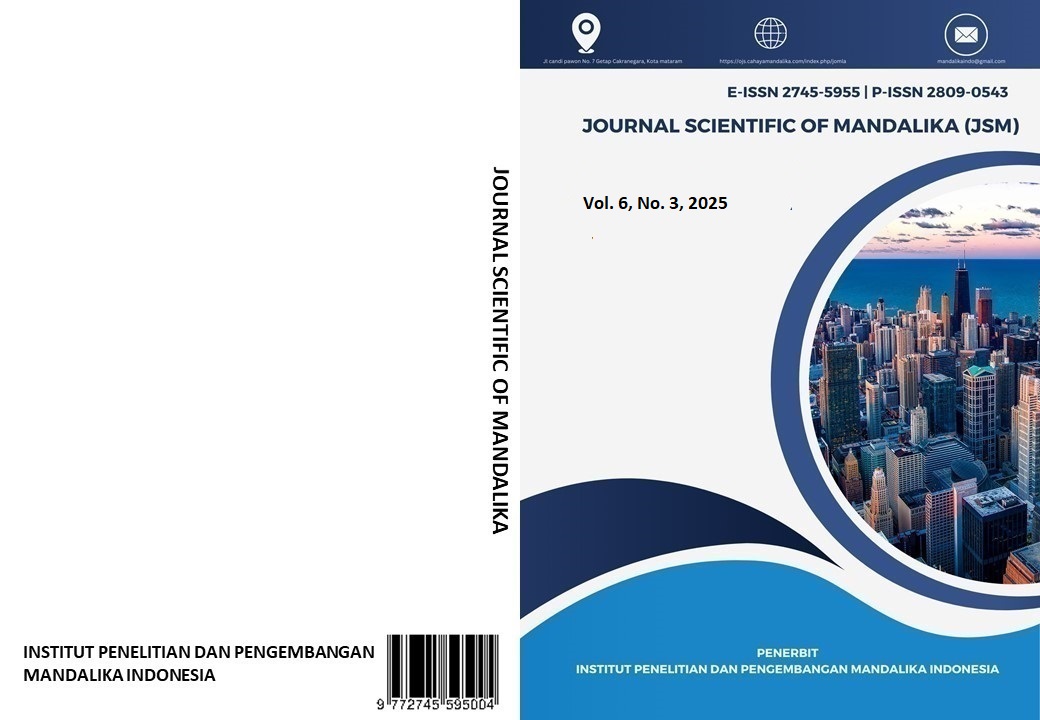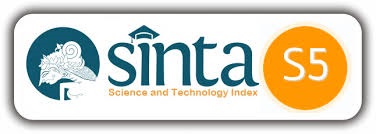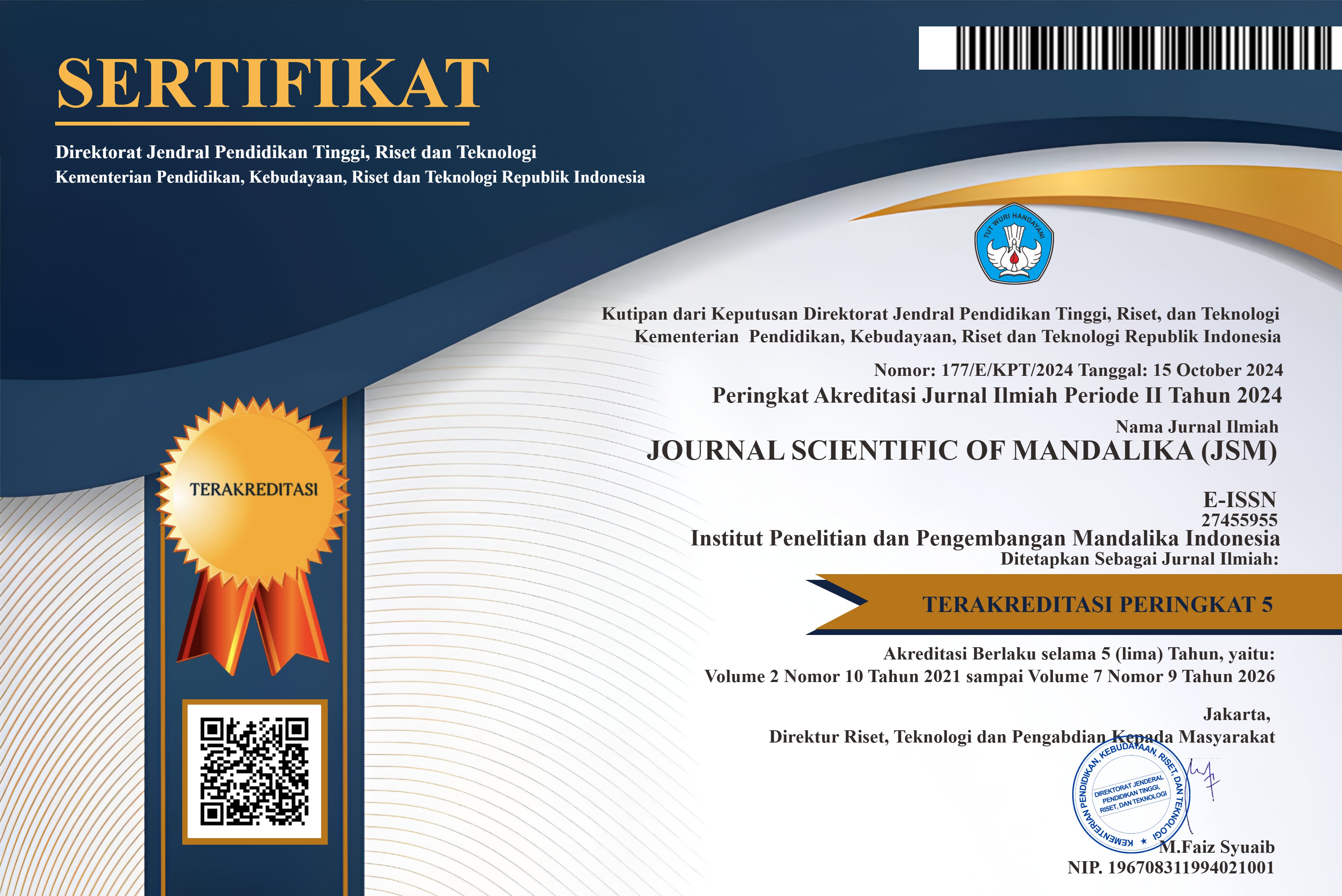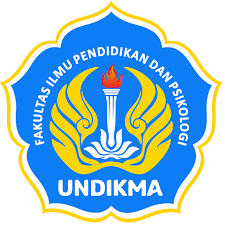Transformasi Digital dalam Manajemen Pendidikan: Tantangan dan Peluang di Era Pendidikan 5.0
Abstract
Digital transformation in education management is an important step in realizing inclusive, adaptive, and sustainable education in the Education 5.0 era. By leveraging smart technologies such as artificial intelligence (AI), big data, and the Internet of Things (IoT), this transformation contributes to improved operational efficiency and learning quality. However, challenges such as the readiness of technology infrastructure, the capabilities of educators, and data security are obstacles that require strategic solutions. This research aims to explore the challenges and opportunities of digital transformation in education management, by analyzing how technology can be optimally applied to support educational goals. The research method used is a literature study, by analyzing relevant journal articles, books, and official reports in the last five years (2018–2023). The data was analyzed using content analysis methods to identify key themes, such as smart campus implementation, AI-based learning, and management strategies that support sustainability. The results of the study show that the application of digital technology can improve operational efficiency, support personalized learning, and create a more inclusive educational environment. However, the success of digital transformation requires infrastructure support, training of educators, and a collaborative approach across stakeholders. This research suggests the development of sustainability-oriented policies and adaptation to local values as the key to successful digital transformation in the education sector.
Copyright (c) 2025 Andi Fentyrina, Mardi Mardi

This work is licensed under a Creative Commons Attribution-ShareAlike 4.0 International License.













